Are You About To Have a Heart Attack? Top 11 Heart Attack Signs to Watch For
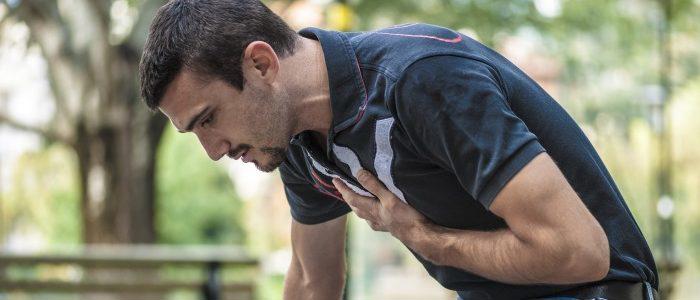
The words ‘heart attack’ strike fear into all of us. It brings to mind images of a sudden, painful and scary end. Which it sadly is for around 9,000 Australians each year.
But what is the reality and the truth when it comes to heart attacks? And, importantly what heart attack signs should you keep in mind? Every year around 55,000 Australians suffer a heart attack. Knowing the signs and what to do means you’ll be prepared and equipped to save a life if it happens to you or someone you know.
What is a Heart Attack?
A heart attack happens when a blood vessel supplying the heart itself becomes blocked completely, threatening to damage the heart muscle and its functions. Usually the cause of the blockage is fatty deposits on the walls of arteries, built up over time. As the amount of oxygen going to the heart muscles drops, the heart can stop beating, leading to sudden cardiac arrest. For more on the difference between heart attacks and sudden cardiac arrest, check out our article here.
What are the Heart Attack Signs?
Firstly, it’s important to acknowledge that heart attacks vary in symptoms and severity. Usually, they will differ from person to person and heart attack to heart attack.
It may not always be a sudden onset of signs and symptoms, but can be gradual over a few hours. Many people do not realise their symptoms could mean a heart attack and will delay treatment, causing further damage to their heart muscle or even death from sudden cardiac arrest. It’s vital to know and recognise the signs of a heart attack so you can seek medical treatment when required.
Some of the heart attack signs may be:
Chest Pain:
- can range from severe to mild
- can feel like tightness, heaviness, fullness or squeezing
Pain that spreads to the:
- shoulders: aching, heaviness or pressure
- neck: general discomfort, choking or burning feelings
- jaw: ache or tightness
- back: dull ache between
- arms: pain, discomfort, heaviness or uselessness, numbness, tingling; or
Other heart attack signs:
- shortness of breath – most common symptom among those having a heart attack
- cold sweat
- abdominal pain
- paleness or clammy skin
- unusual fatigue
- dizziness or light-headedness
- heart flutters
- nausea or vomiting
- inability to sleep
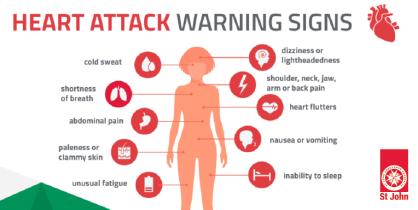
Note: Women often do not experience chest pain during a heart attack, with up to 40% of females who’ve experienced a heart attack saying they did not get any chest pain.
What Should You Do If You Feel You’re Having A Heart Attack?
If you think you or someone else may be having a heart attack, this action plan is a useful guide to follow:
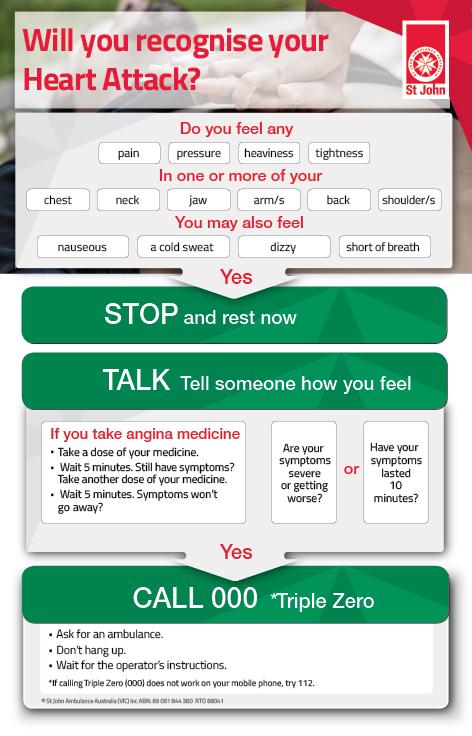
Sometimes a Triple Zero operator may instruct you to give the casualty aspirin, however, you should never do this unless a medical professional has advised you to do so. If the casualty is allergic to aspirin/salicylic acid, it could trigger an anaphylactic reaction, which can be an even more life threatening situation than a heart attack.
What is The Correct Heart Attack First Aid?
If someone is experiencing any of the above symptoms severely, they get worse quickly or last for more than 10 minutes, call 000. Heart attack is the leading cause of cardiac arrest; it can follow within a few minutes of the first symptoms of a heart attack.
As always, follow the DRSABCD steps that we advocate for approaching any First Aid situation.
You should be prepared to start CPR if the individual loses consciousness and stops breathing, which indicates a cardiac arrest. This happens as the heart doesn’t receive enough oxygen to keep pumping blood around the body and goes into an uncontrolled rhythm called ventricular fibrillation. This situation is life threatening and the casualty will die within minutes unless they get emergency help.
The only way to get someone out of ventricular fibrillation is by using a Defibrillator to interrupt the uncontrolled rhythm and give the heart the opportunity to reset to the correct rhythm. Having an Automated External Defibrillator (AED) on hand will ensure you are ready to assist if the casualty becomes unconscious and stops breathing.
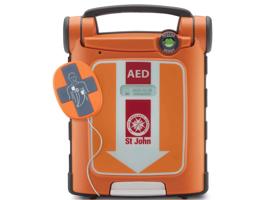
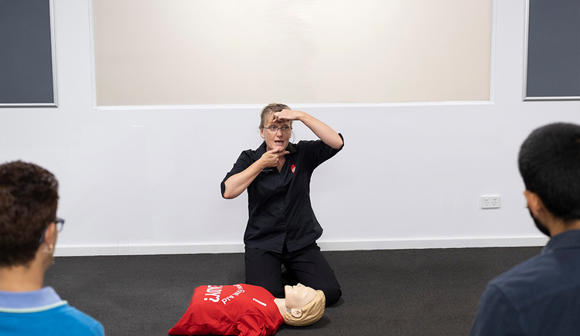
HLTAID009 PROVIDE CARDIOPULMONARY RESUSCITATION
Learn the skills to perform life-saving (CPR) on an adult, child or infant who is unconscious and not breathing normally.
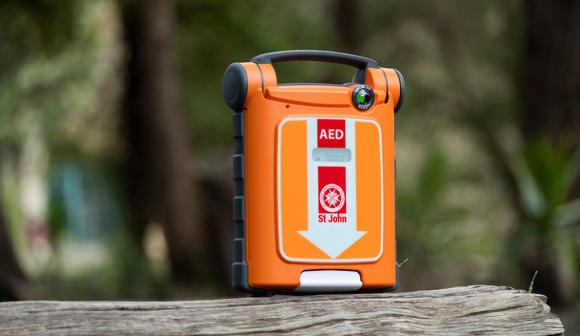
How to choose the right Defibrillator for you
Choosing a defibrillator can be hard. Read our list of things you should consider when choosing the right defibrillator for your needs.
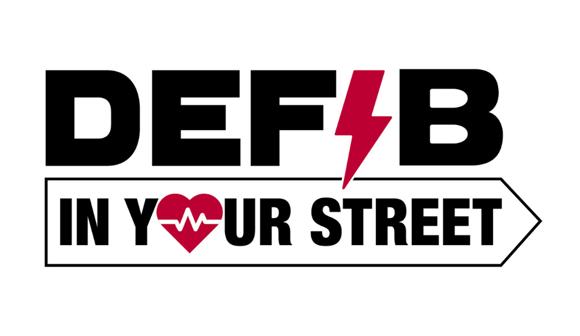
Defib in your street
After the successful launch in the Suburb of Reservoir in 2022, Defib in Your Street is currently aiming to make St Albans and the 3021 postcode the safest place in Australia to have a sudden cardiac arrest.
Find out more about the program.
